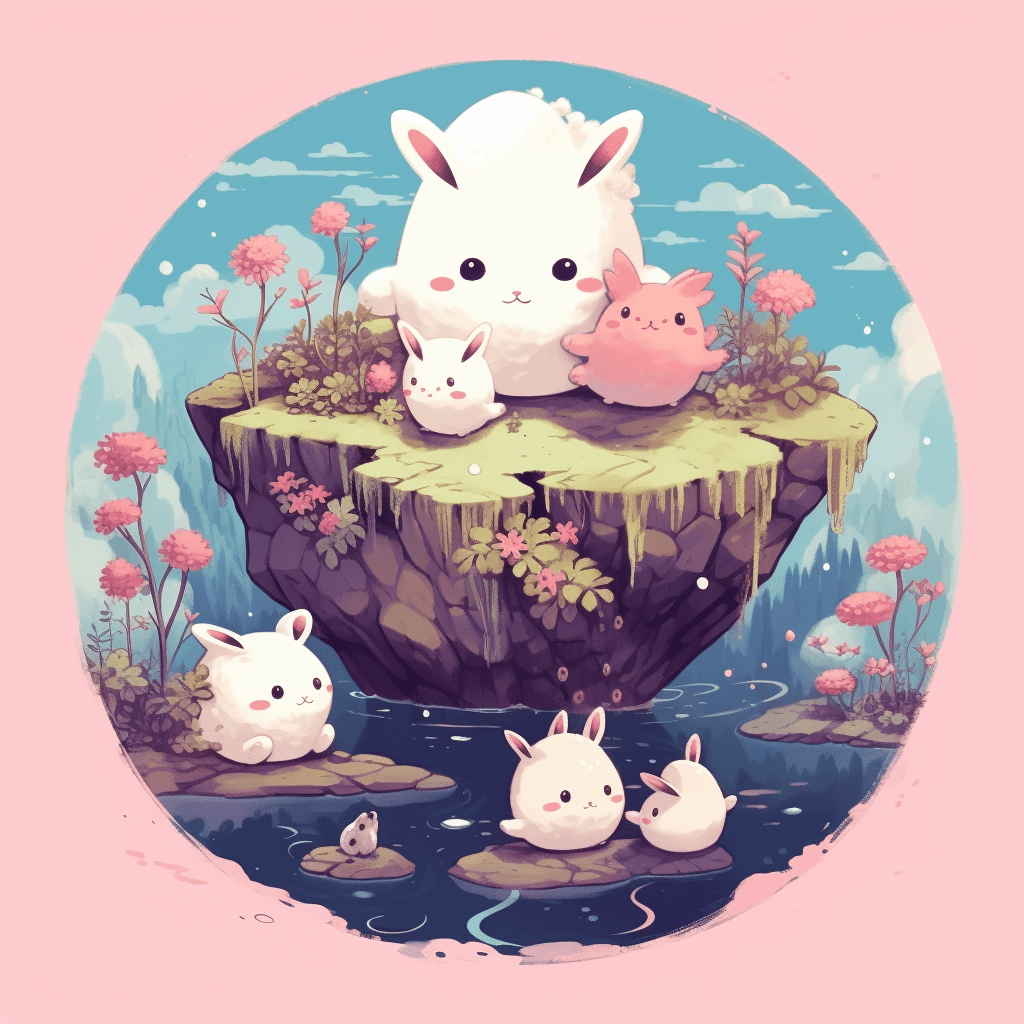
The world of non-fungible tokens (NFTs) has taken the digital art and collectibles market by storm. As an NFT creator, one of the most challenging aspects is determining how much to make an NFT. Setting the right price can be the difference between a successful launch and one that falls flat. In this article, we’ll explore various pricing strategies for NFT creators to help you decide the best approach for your unique digital art.
Understand the NFT Market
Before diving into pricing strategies, it’s essential to understand the NFT market and the factors that influence it. The value of an NFT is often determined by its rarity, utility, and the demand for the creator’s work. Therefore, it’s crucial to research the market, monitor trends, and identify what types of NFTs are popular among collectors. This will help you determine the best niche for your NFT and give you an idea of the price range that collectors are willing to pay.
Fixed Pricing
Fixed pricing is a straightforward approach where you set a specific price for your NFT. This strategy can be useful for creators who are confident in their work’s value and have a good understanding of the market. Fixed pricing has the advantage of providing certainty for both the buyer and the seller. However, it may not always accurately reflect the true market value of the NFT, especially if there’s a sudden change in demand.
Auction-Based Pricing
Auction-based pricing is a popular approach for NFT creators, as it allows the market to determine the value of the NFT. Creators can set a minimum starting bid and let potential buyers place bids over a specified period. Auctions can be an excellent way to generate excitement and attract more interest in your NFT. However, the downside is that it can be unpredictable, and there’s a risk that the final bid may be lower than what you initially hoped for.
Dutch Auction
A Dutch auction is a variation of the auction-based pricing strategy. In a Dutch auction, the price of the NFT starts high and gradually decreases over time. This method encourages buyers to act quickly, as the price will continue to drop until someone makes a purchase. The downside of a Dutch auction is that it may result in a lower price than anticipated if buyers wait too long to make a purchase.
Tiered Pricing
Tiered pricing involves creating different tiers of NFTs, each with varying degrees of rarity and value. This approach enables you to cater to different segments of the market, from casual collectors to more serious investors. For example, you might offer a limited edition NFT with unique features at a higher price, while providing more common versions at a lower cost. This can help you maximize your revenue and appeal to a broader audience.
Bundle Pricing
Bundle pricing is another strategy to consider for NFT creators, especially if you have multiple NFTs within a series or collection. By offering a bundle of NFTs at a discounted price compared to purchasing them individually, you can attract more buyers and generate higher overall sales. This approach can also create a sense of urgency, as collectors may feel compelled to purchase the entire bundle before it sells out.
Price Anchoring
Price anchoring involves setting a high initial price for your NFT to create a reference point that makes subsequent price reductions seem like a bargain. This strategy can help create a sense of urgency among buyers and encourage them to make a purchase before the price increases. However, it’s essential to strike a balance between setting a high anchor price and not alienating potential buyers with an unrealistic valuation.
Royalty Pricing

Royalty pricing is an innovative approach that allows NFT creators to earn a percentage of future sales involving their NFTs. By embedding a royalty fee in the NFT’s smart contract, creators can receive a portion of the revenue each time the NFT changes hands in the future. This approach allows you to earn passive income from your creations and may incentivize collectors to pay a higher price upfront, knowing that they can recoup part of their investment in the long run.
Data-Driven Pricing
Data-driven pricing involves using analytics tools and data from past sales to determine the optimal price for your NFT. By analyzing factors such as market trends, buyer preferences, and the performance of similar NFTs, you can make informed decisions about the right price point for your digital art. This strategy can be especially useful for creators who are new to the NFT market and need guidance in determining their NFT’s value.
Considerations for NFT Pricing
Regardless of the pricing strategy you choose, there are several factors to consider when deciding how much to make an NFT:
- Market trends and competition: Keep an eye on the current state of the NFT market and what similar works are selling for. This can help you gauge the appropriate price range for your NFT.
- Rarity and uniqueness: Consider the scarcity of your NFT, as limited edition or one-of-a-kind pieces may command a higher price.
- Brand and reputation: As your reputation and brand recognition grow, you may be able to command higher prices for your NFTs.
- Costs and fees: Don’t forget to account for the costs associated with creating, minting, and marketing your NFT, as well as any platform fees you may incur.
- Flexibility: Be prepared to adjust your pricing strategy if the market changes or if your initial approach isn’t generating the desired results.
The Final Word

Deciding how much to make an NFT is a complex process, and it’s essential to weigh the various factors and pricing strategies at your disposal. Ultimately, the right pricing strategy for you will depend on your unique art, brand, and target audience. By understanding the NFT market and experimenting with different approaches, you can optimize your pricing to drive sales and maximize your revenue as an NFT creator.
